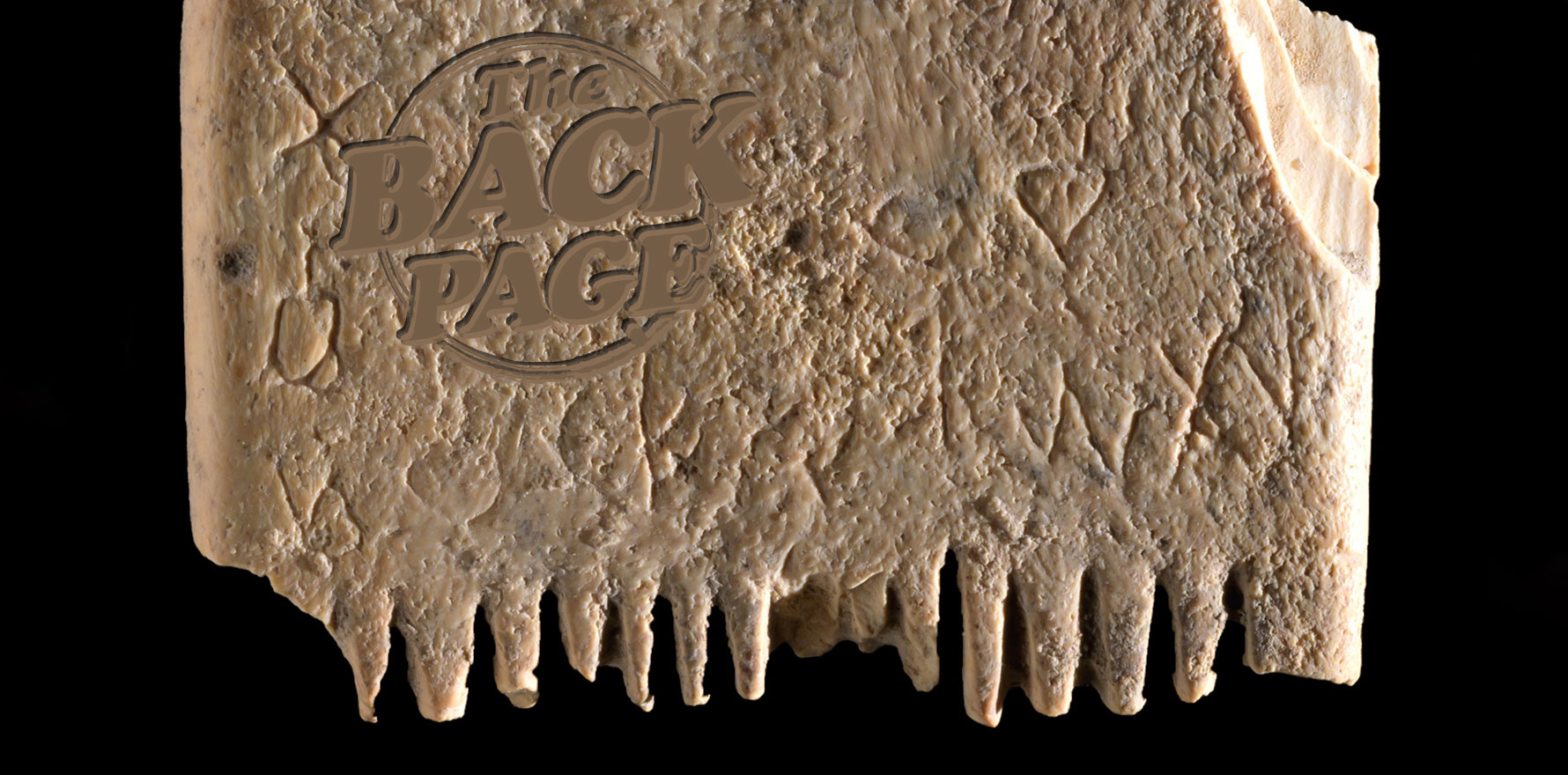The first intelligible sequence of words discovered in this ancient language is an invocation against lice.
If you’d discovered and deciphered a 4000-year-old sentence, the first known sentence in an ancient language, what would you be hoping to read?
Perhaps a poem or a prayer, a spooky spell to ward off evil spirits, or a cryptic prophecy.
You might not be expecting it to be a wish to be rid of hair and beard lice, but such is the endearingly mundane import of the very first Canaanite sentence ever found.
Well, we say mundane. In fact the paper in Jerusalem Journal of Archaeology describing the find begins with an epigraph from no less a tome than the Babylonian Talmud: “And he sent to her a comb that kills lice.” This reminds the Back Page that lice were a scripture-worthy pest, numbering among the 10 plagues God sent down on Egypt.
Back in 2017 a team led by the Hebrew University of Jerusalem unearthed a delicate ivory comb from Tel Lachish (aka Tell ed-Duweir), a major Canaanite city state in the second millennium BC and the second city of the kingdom of Judah. Only this year did one of them notice the inscription on it, in tiny letters 1-3mm wide.
The comb can’t be precisely dated but is thought to be from about 1700BC, only a century or so after the invention of alphabetic writing.
A detailed palaeographic and linguistic analysis revealed 17 letters making up seven words that say: “May this tusk root out the lice of the hair and the beard.”
The authors say that besides being the first sentence in the language ever found, it’s also the first discovery of an inscription that refers to the purpose of the object on which it is written. Moreover, they write, “The inscription on the comb sheds light on some hitherto poorly attested aspects of the everyday life of the time, haircare and dealing with lice.”
In what is either an endorsement of the comb’s properties or the opposite, analysis also found the remains of a louse nymph nestled between two of its teeth.
If you’re itching to share a story, email penny@medicalrepublic.com.au.


